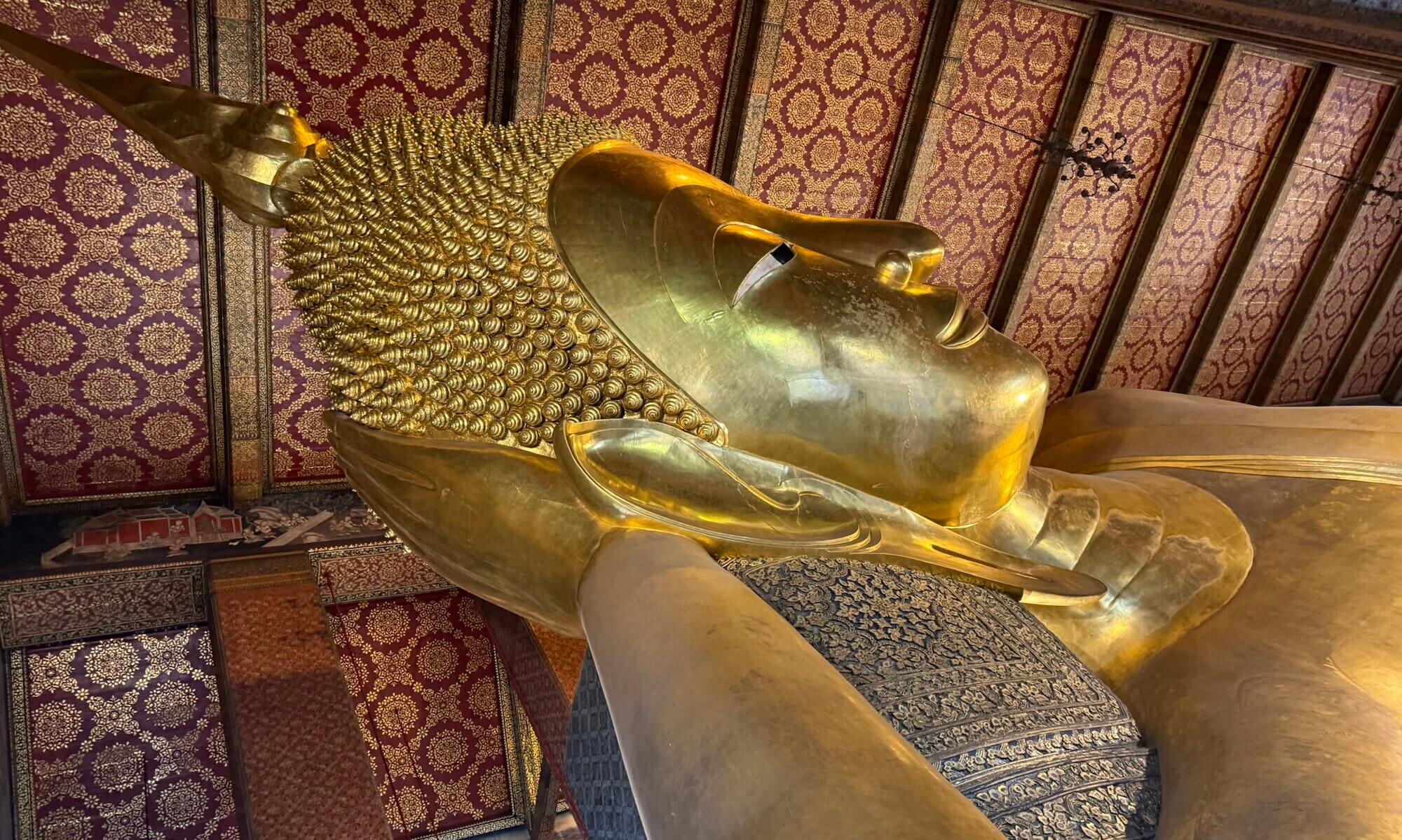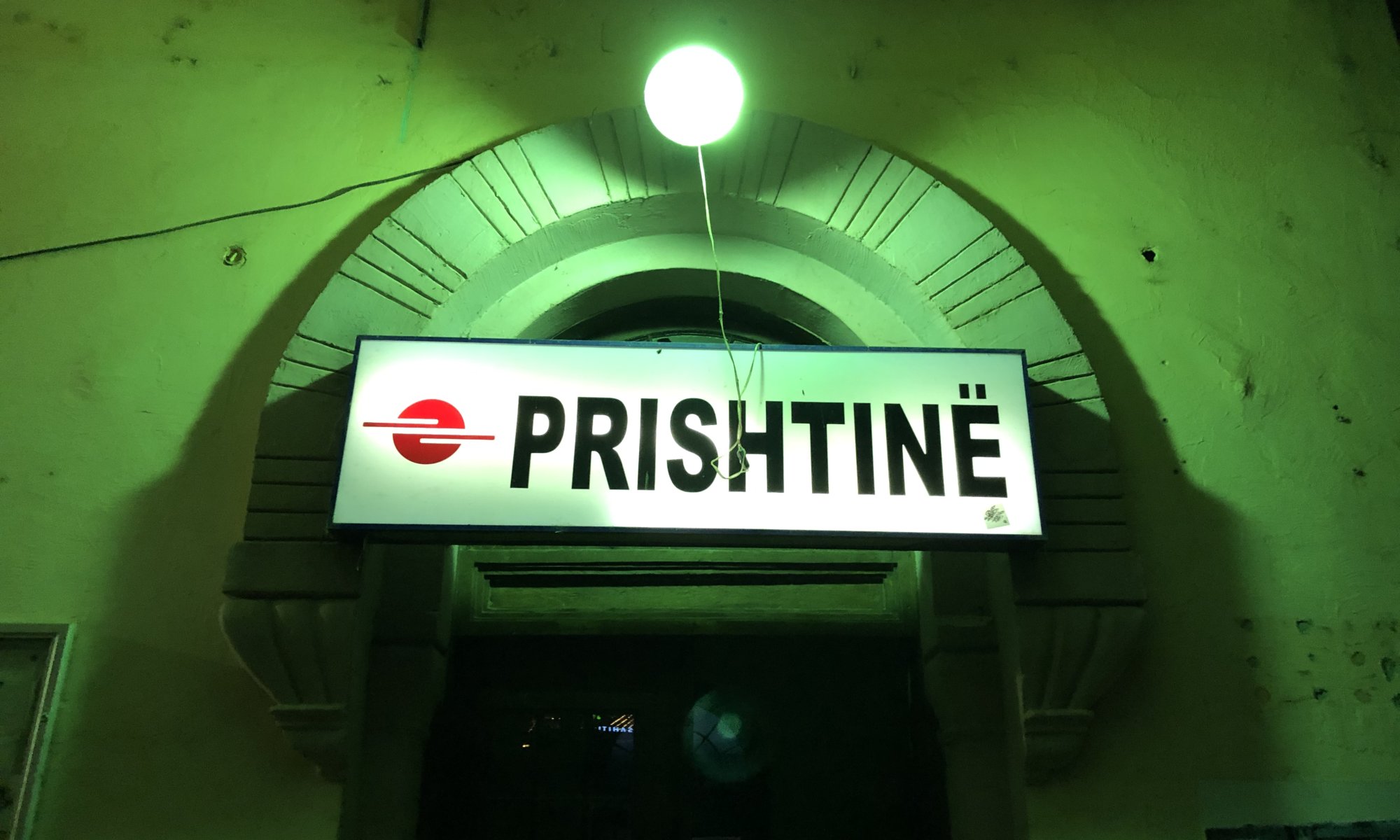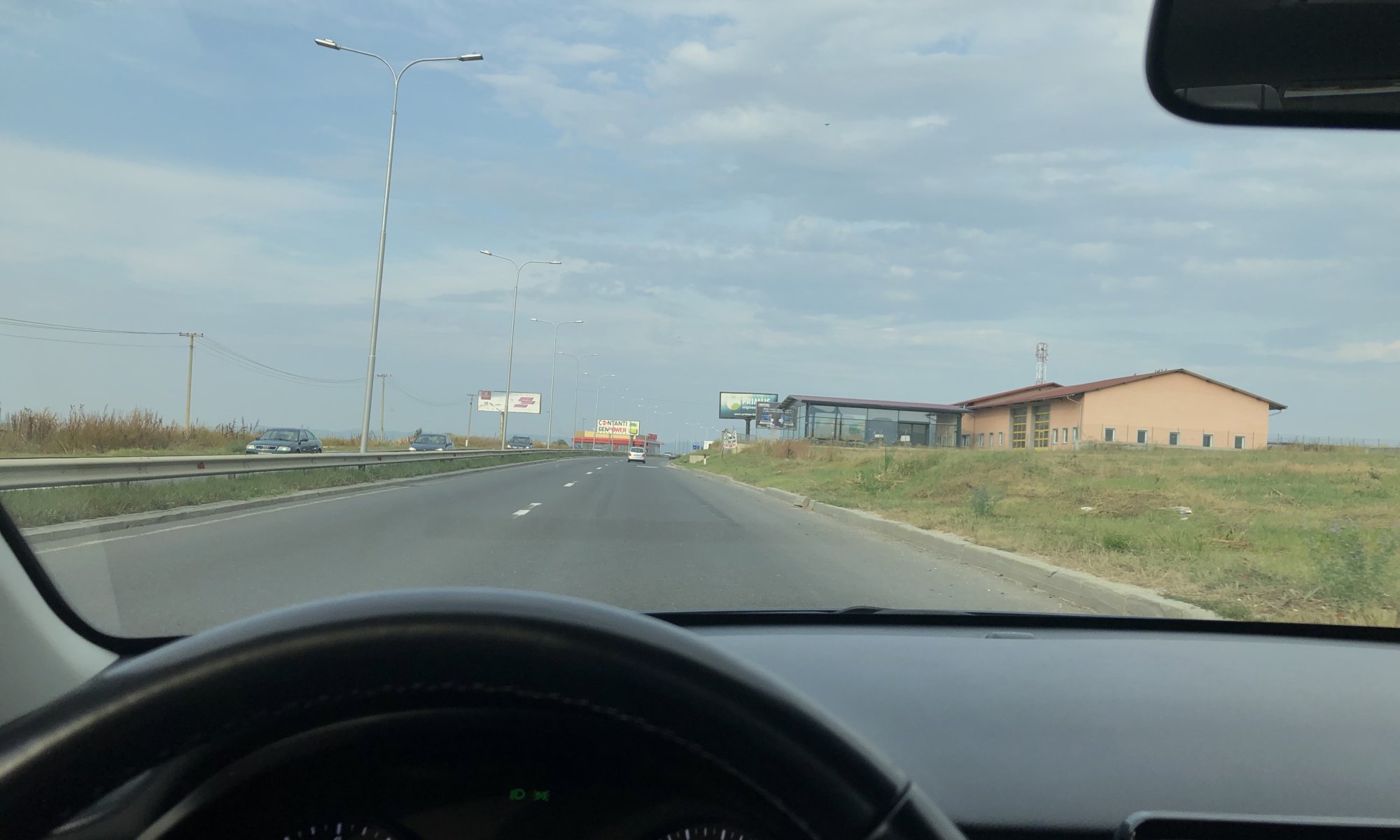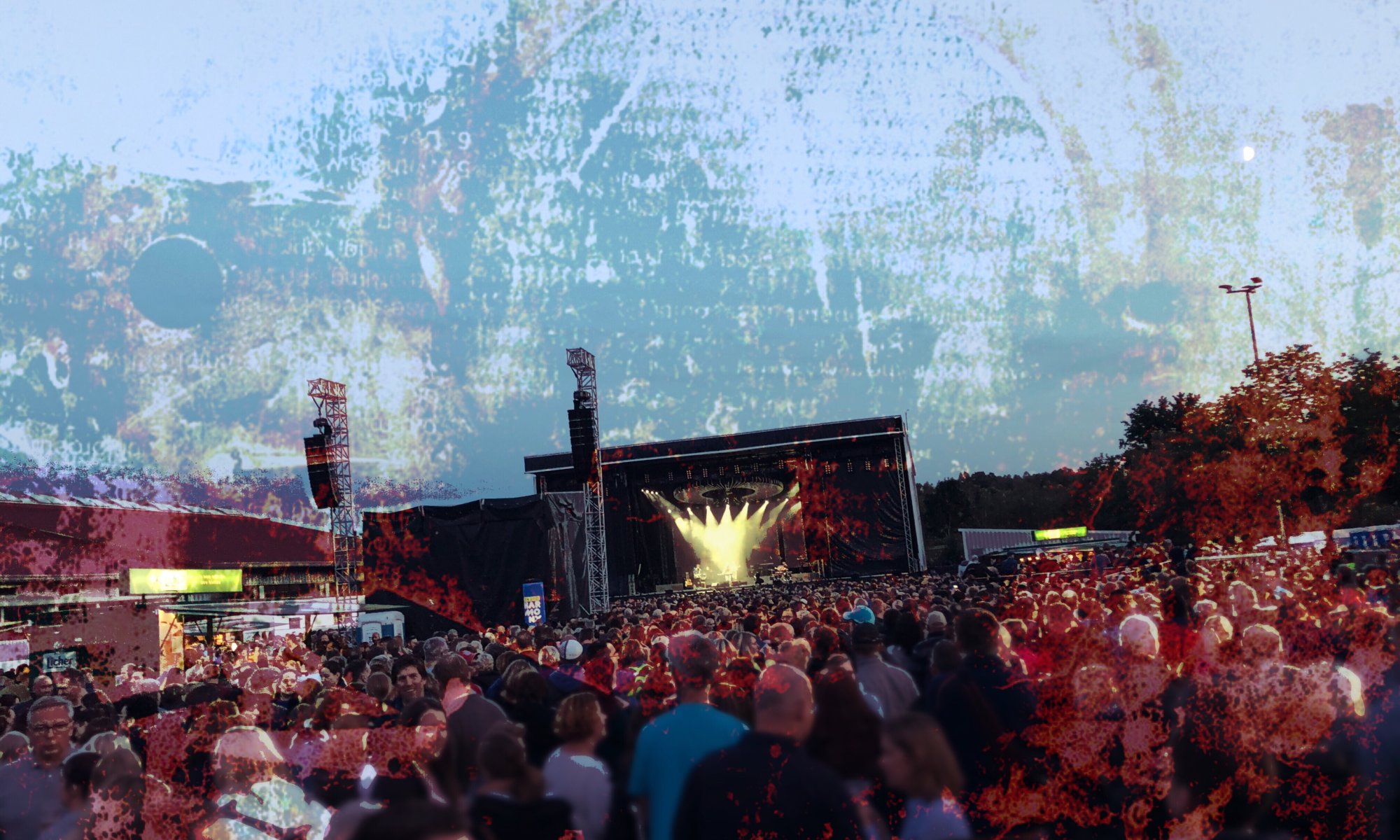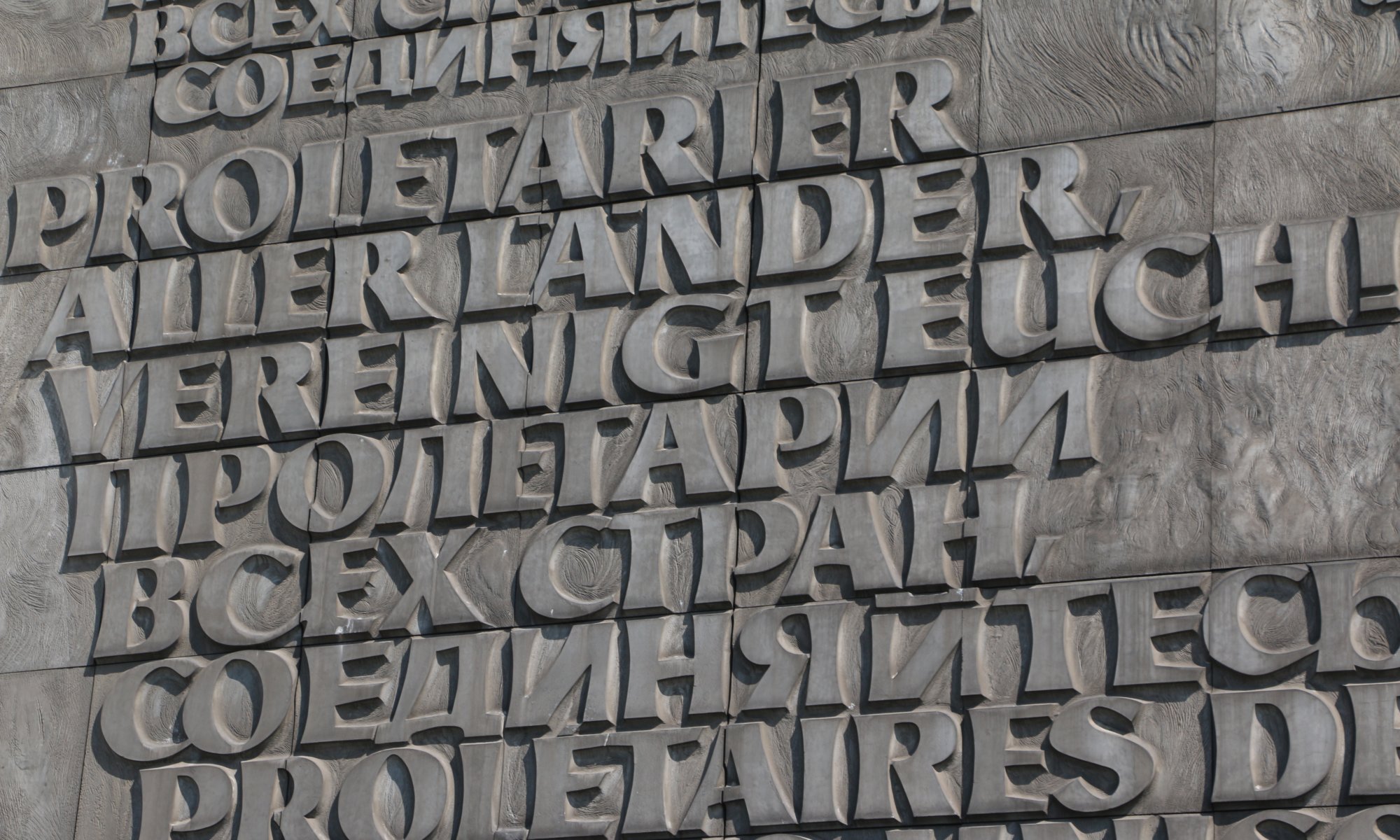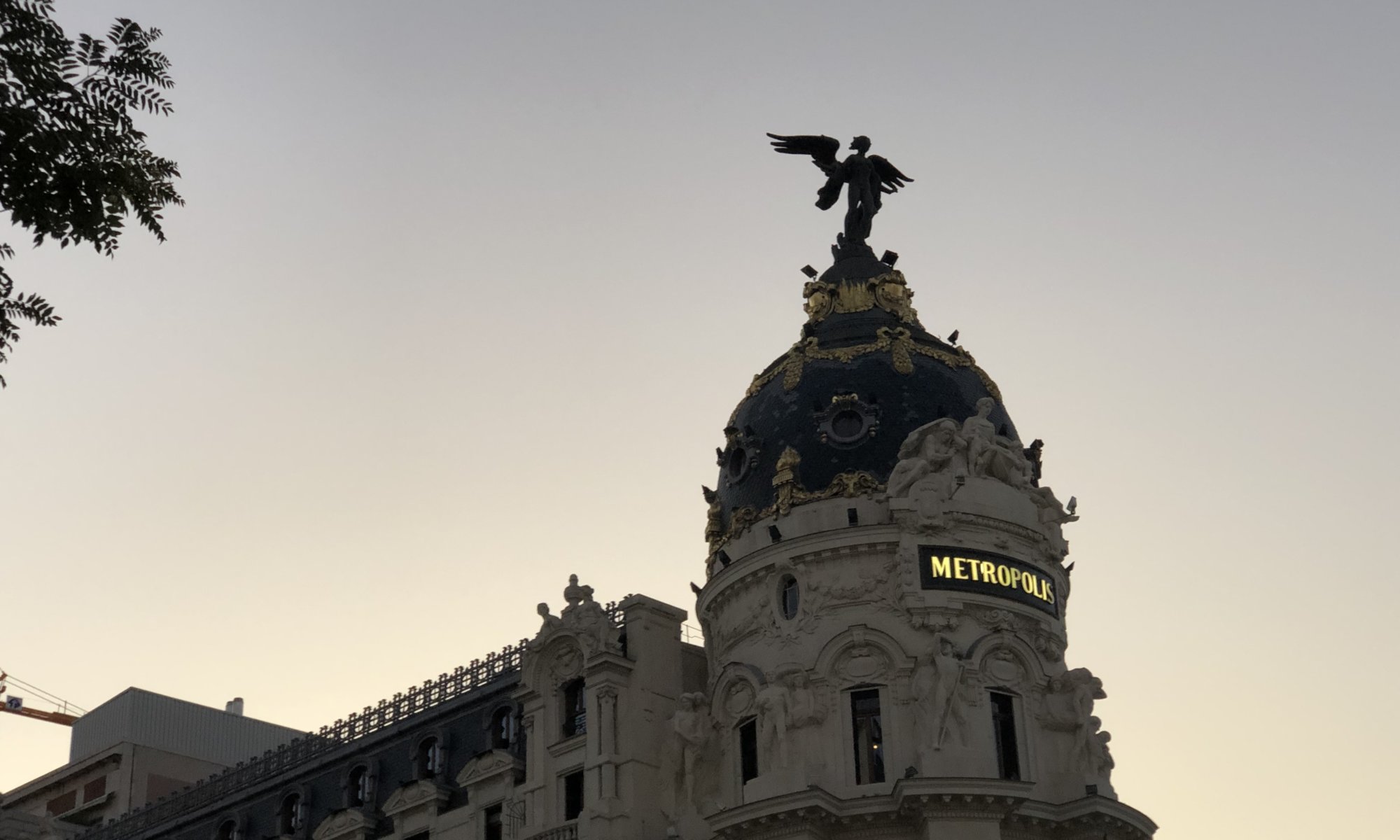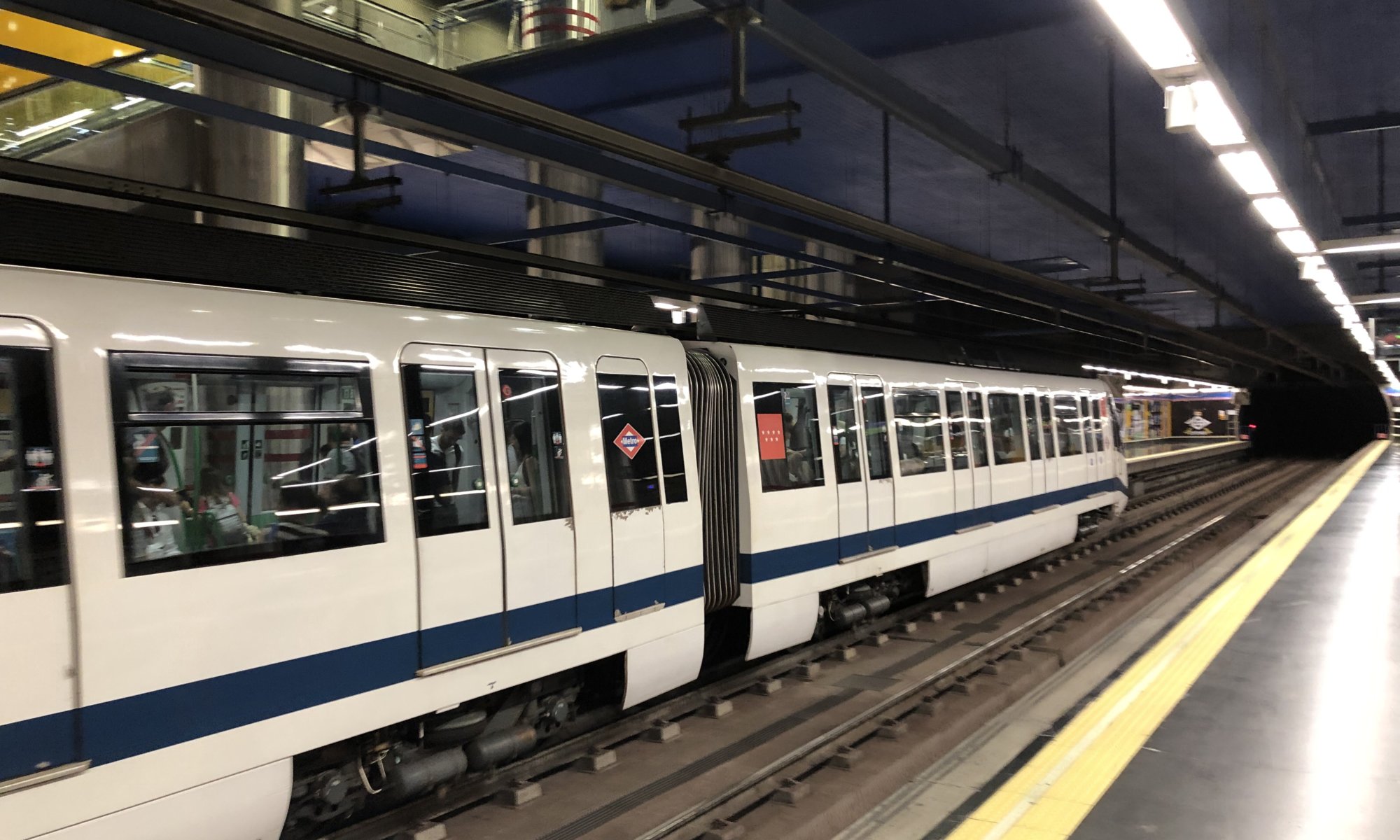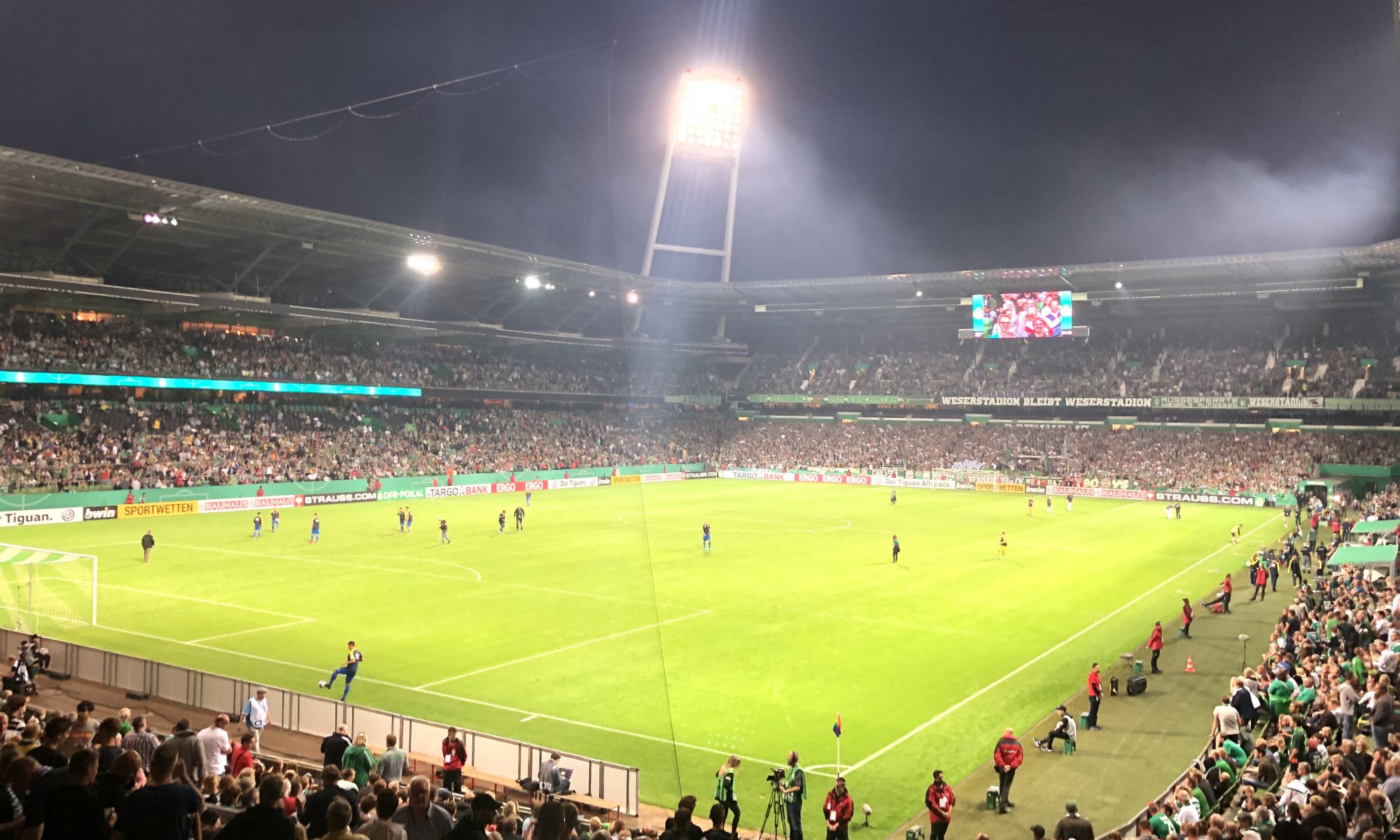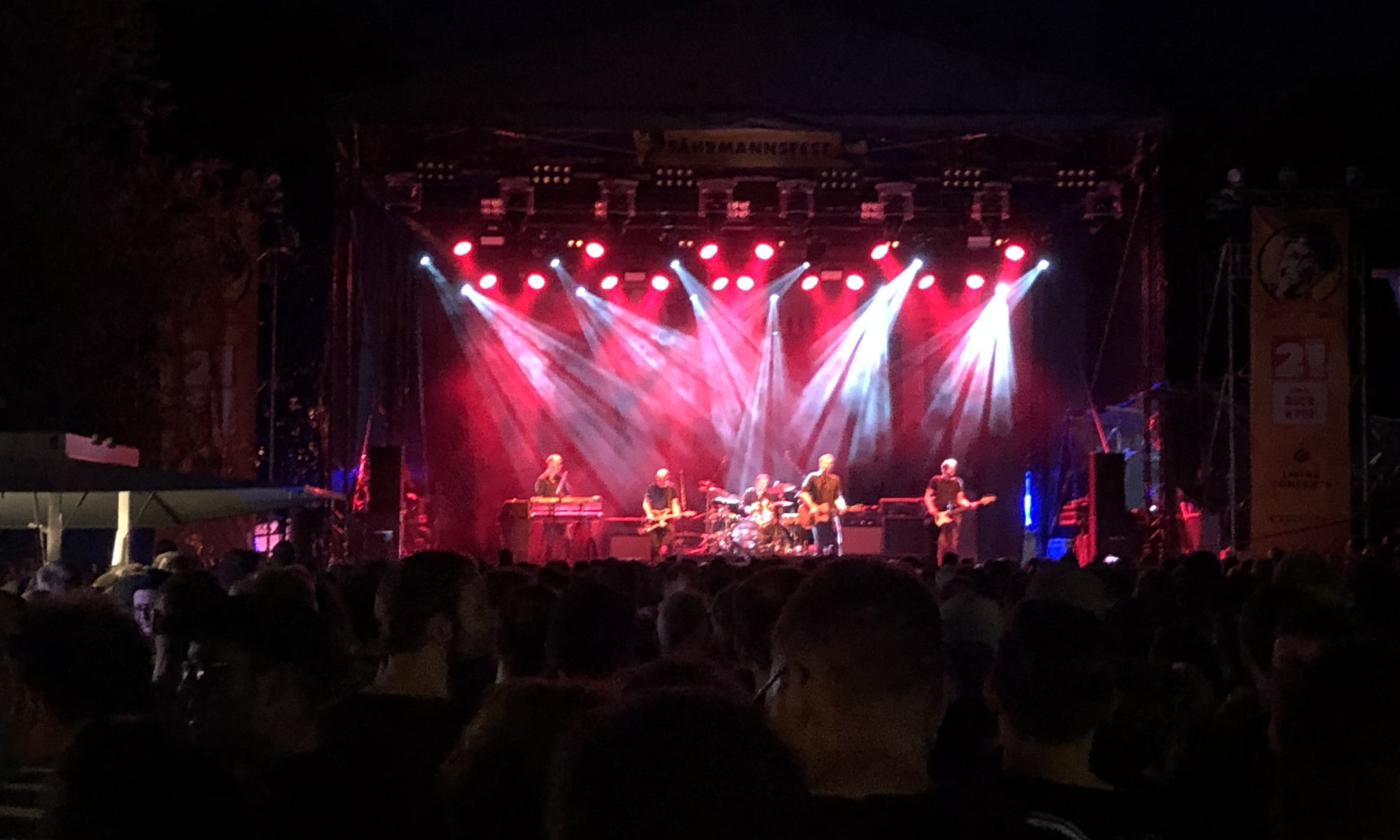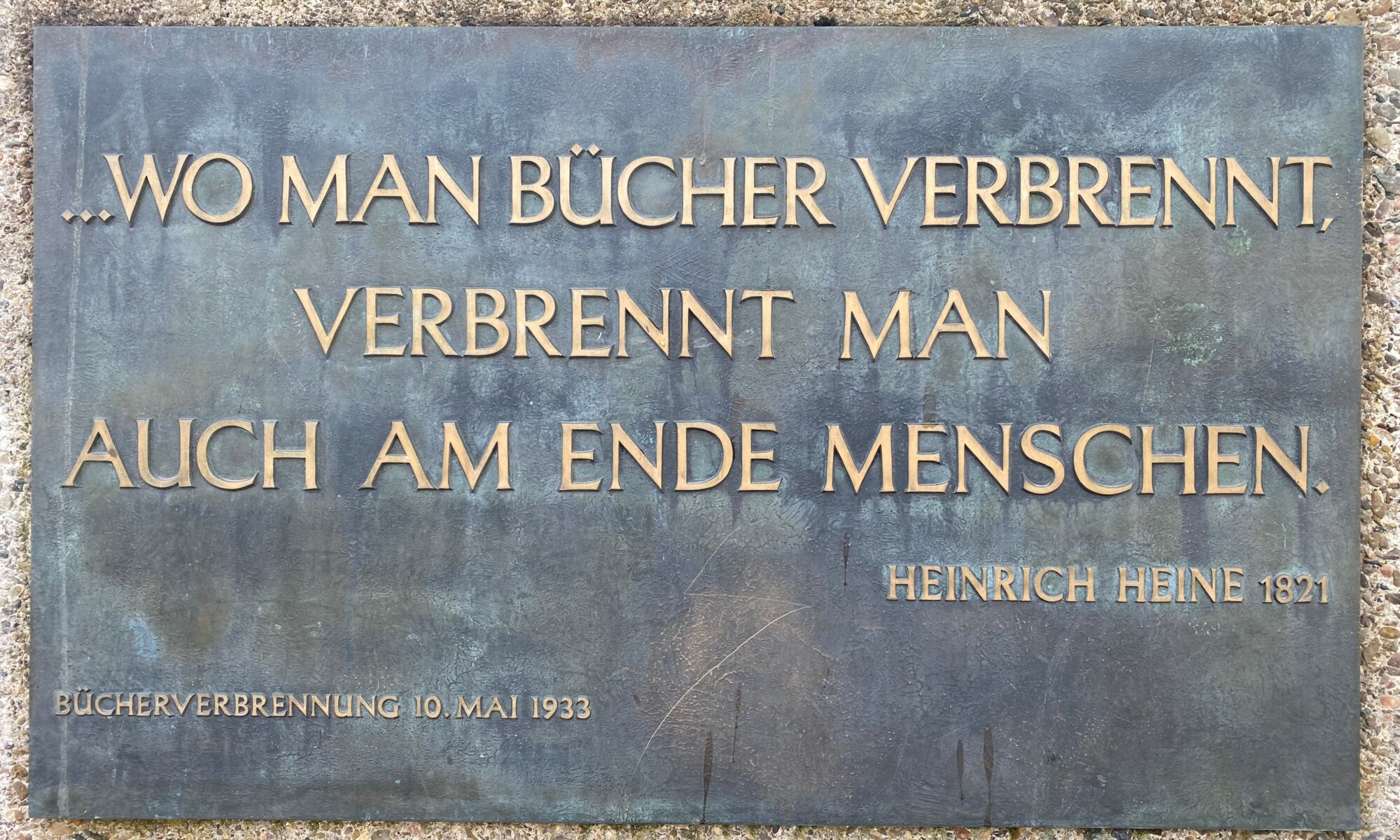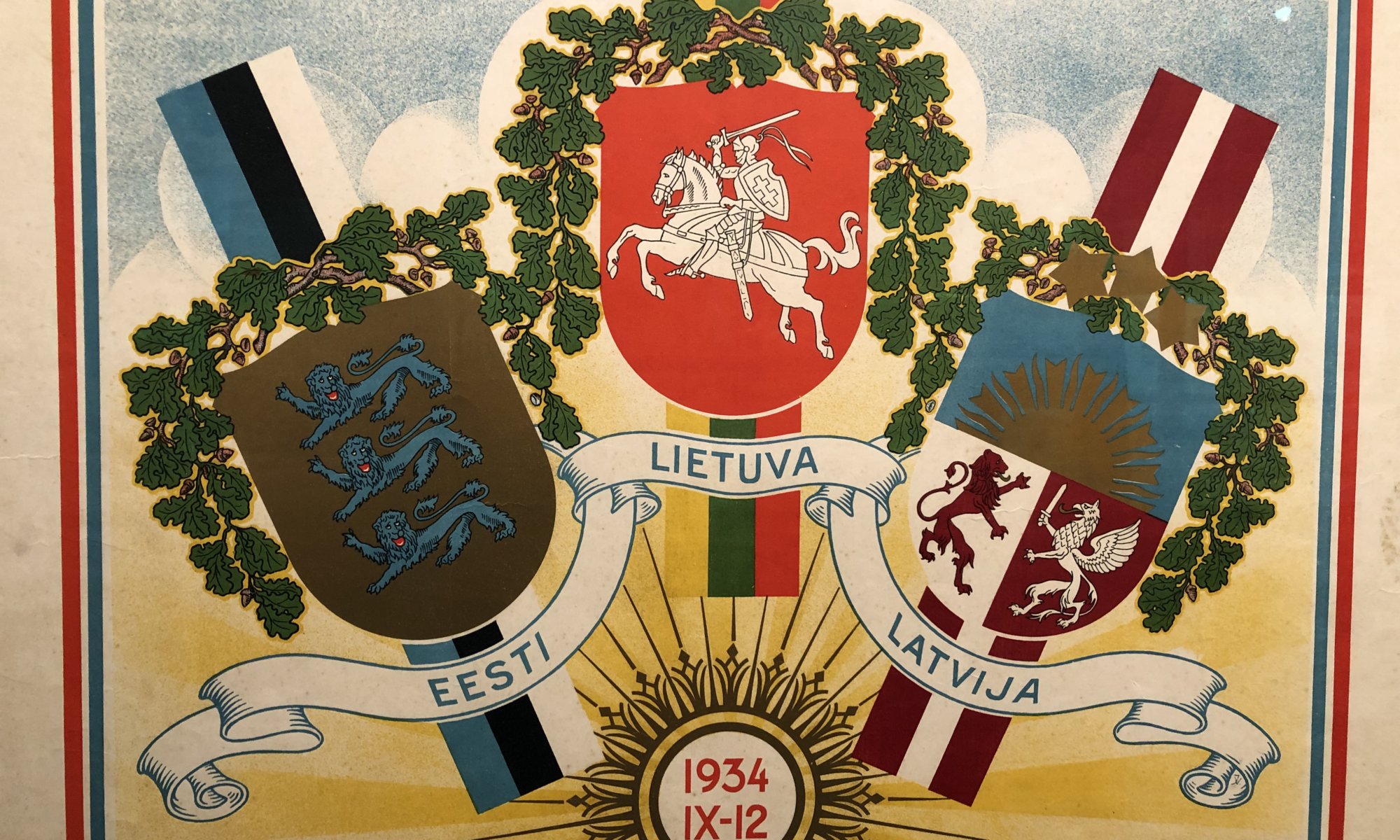Prishtinë is the capital city of Kosovo, the biggest city in the country and located in the heart of the Kosovo Polje. Its origins date back to the first century CE as you can see at the archaeological site Ulpiana. Prishtinë is a nice place to visit with surprisingly shaped buildings, small museums and many nice restaurants and bars. For someone used to old cities with clearly visible structures the city feels a bit unplanned and scattered.
Continue reading “Prishtinë”Navigation
Driving a car in Kosovo is for sure possible – but I wouldn’t take my own car there. The road conditions are very good concerning motorways and major roads, but other roads are very bad. Outside of cities you might find yourself very soon on unpaved roads with a lot of water-filled holes and even in the outer areas of cities this can happen faster then you might think. But you will find a lot of car rental companies at the airport (including the big international companies).
Continue reading “Navigation”Fair grounds
Kassel, Germany isn’t known to be a city with big fairs – but yes it has a fair ground. It is used for concerts, handball matches of the team MT Melsungen, flea markets, antique markets and some rather unknown fairs. The fair grounds (‘Messegelände‘) are located in the south of the city next to river Fulda, the Bugasee and motorway A49 – Kassel-Waldau is the motorway exit you need to take.
Continue reading “Fair grounds”Karl-Marx-Stadt
If you tell someone in the west of Germany that you intend to spend a weekend at Chemnitz you will create a lot of astonishment. The city is located in the very east of the country, close to the Erzgebirge (ore mountains) and not too far away from the border to the Czech Republic. Its name sounds a bit strange, it is not known to be a beautiful city and in the media you can only find strange stories. The majority of people in Saxonia is rather conservative and there are is also a far too big fraction of people accepting or supporting fascists.
Continue reading “Karl-Marx-Stadt”Spanish civil war
One day far ago I added the capital city of Spain to my travel todo list. As I added more and more places it never came to the top – until this year, when I decided to do numerous short trips instead of long journeys. But I asked myself why I wanted to get there. Only when I had booked my flights and started to prepare for the visit I remembered what was the reason: Guernica.
Continue reading “Spanish civil war”Metro
Using public transport in Madrid, Spain is hassle-free. It is so simple that it even might not be worth writing an article about. When you reach the metro station at the airport you’ll find vending machines where you can get a smartcard and load tickets for a definite number of trips or days onto it. For tourists there is also a small office where you can buy your ticket from humans.
Continue reading “Metro”Away game at home
I‘m in love with the first round of the DFB cup every year. The small clubs – sometimes even amateurs – against the big clubs. Teams that hope to get the FC Bayern or Borussia Dortmund as opponents to have the match of their lifetimes and fill their bank accounts – even if it means to loose with many goals against. But it is also about infrastructure, about playing in small stadiums where everything is a little bit improvised and where the big stars have to use rather shabby changing rooms without hot water.
Continue reading “Away game at home”Fährmannsfest
The Fährmannsfest at Hannover, Germany is one of these music festivals that evolved over time and became bigger and bigger. Founded in 1983 it was first a free open air concert with local bands financed by selling food and drinks. Today even some well-known bands play here in front of up to 10.000 visitors and for two of the three days of the festival you now have to buy a ticket.
Continue reading “Fährmannsfest”Bücherverbrennung
The Albaniplatz at Göttingen, Germany is named after nearby protestant church St. Albani. It is a large parking area that many people use to go shopping in the city center or to visit an event at the Stadthalle next to it. But most people don’t know what happend here in 1933. By that time the place was called Adolf-Hitler-Platz and it became the place where the books of great authors were burned that the Nazis classified as degenerated.
Continue reading “Bücherverbrennung”Triathlon
You can for sure spend months in the Baltic states to enjoy the beautiful landscape. But they are gives you also the chance to easily visit three countries in one week: Estonia, Latvia and Lithuania. And it is not one homogenous area without differences – that can easily be observed in the capital cities: Tallinn with its wonderful old city fortifications, Rīga with its fantastic art nouveau quarter and Vilnius with its nice baroque style buildings and more than 50 churches.
Continue reading “Triathlon”